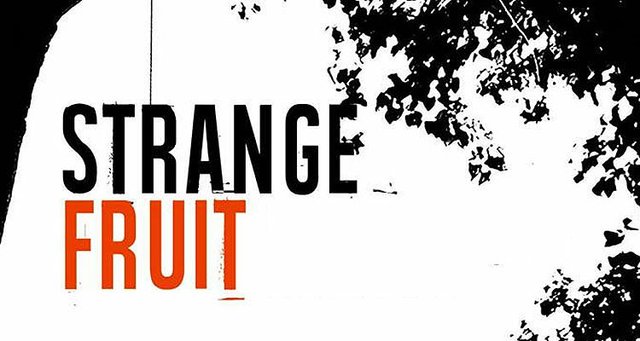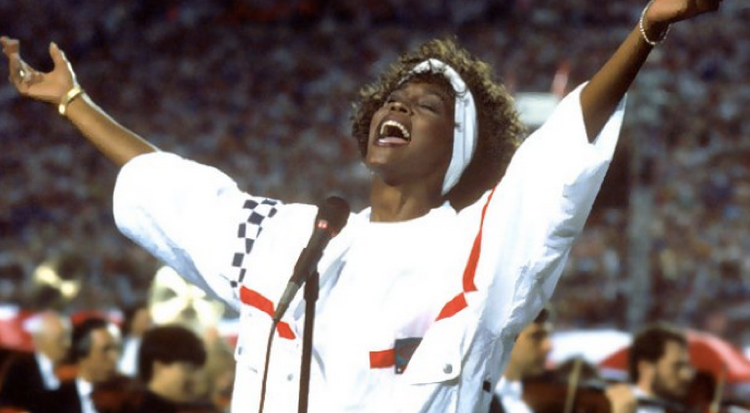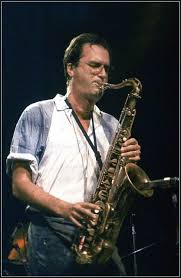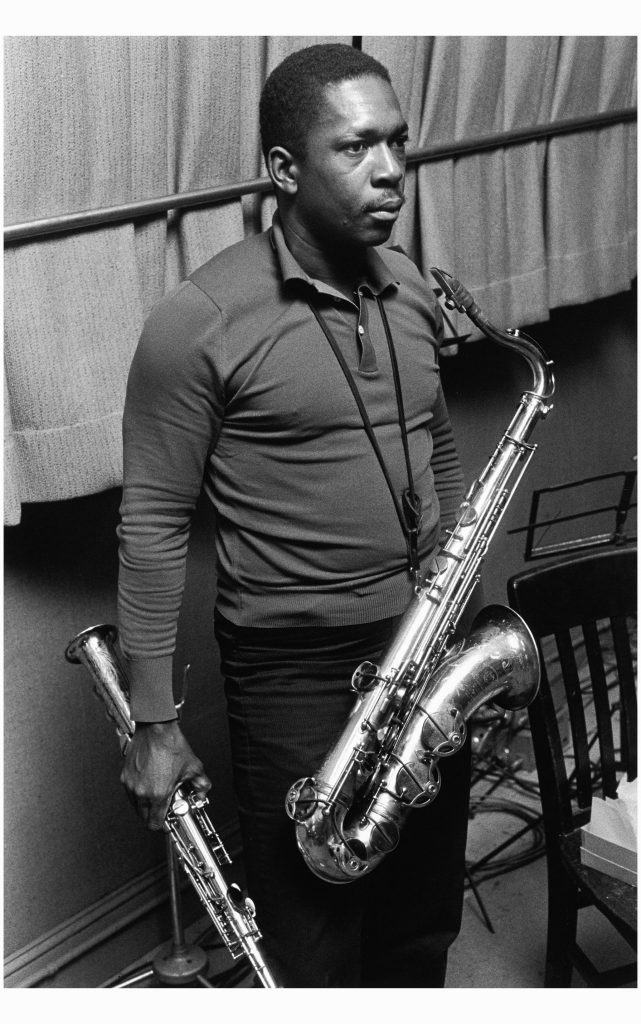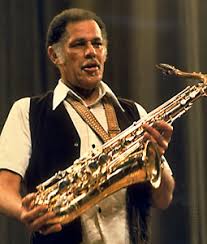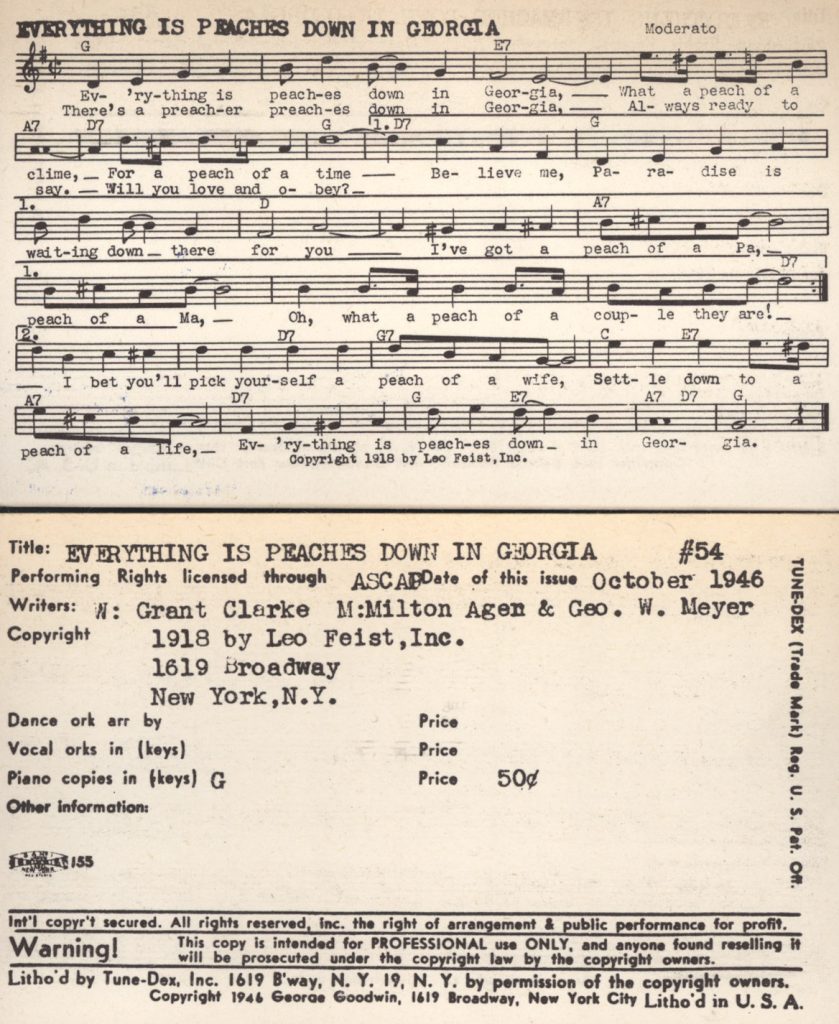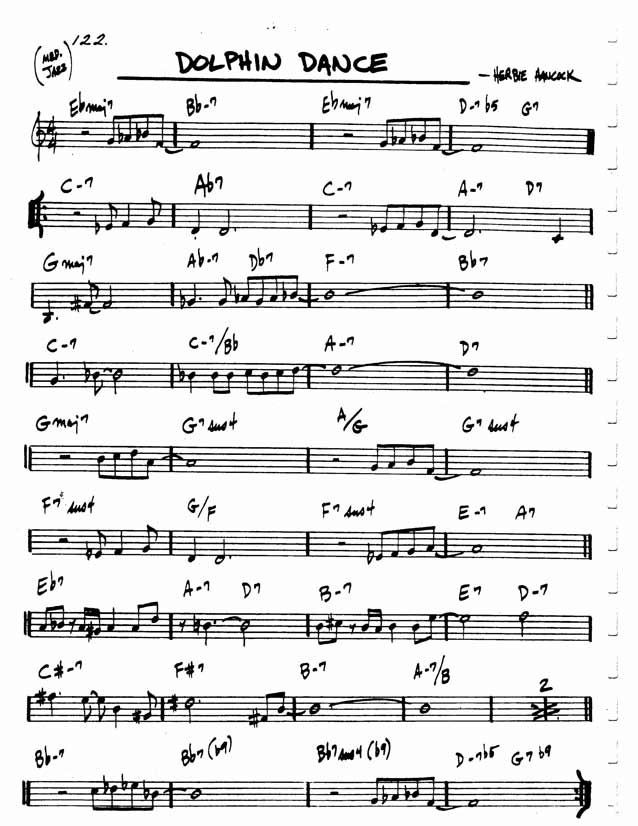“A revolution is unfurling-America’s unfinished revolution. It is unfurling in lunch counters, buses, libraries and schools-wherever the dignity and potential of men are denied. Youth and idealism are unfurling. Masses of Negroes are marching onto the stage of history and demanding their freedom now!” These fiery words from Civil Rights leader John Philip Randolph capture the call to revolution in the 1950s and 60s. The United States were in upheaval as Black Americans fought for equality in a nation which claims that “All men are created equal.” Around the nation, freedom fighters were participating in sit-ins, boycotts, and other forms of protest. In 1955, Rosa Parks refused to give up her seat, in 1957, the Little Rock Nine braved the harassment of their school, and in 1960, Max Roach recorded an album that would prove to be a jazz anthem the revolution happening all around him.

Max Roach was a virtuoso jazz drummer, a legend to this day. But the jazz stars of the 1950s and 1960s were not excluded from the harsh reality of racism and segregation. The copyright system was set up so that songwriters and producers gained the biggest checks. This left performers with little compensation for their talents. The American Federation of Musicians (AFM), which controlled access to the biggest gigs and venues, had been segregated since it’s founding. The AFM also controlled radio contracts, and made sure that white bands were favored in local and national broadcasts. In fact, it wasn’t until 1946 that Nat King Cole broke the prime time radio color barrier. Jazz musicians of the caliber of Sarah Vaughn and Cab Calloway were beaten by police and civilians alike. So although jazz musicians received some measure of status, they understood and experienced racism and segregation just like the rest of the black population.

It was into this scene that Max Roach inserted his musical call for freedom, the legendary album, “We Insist! The Freedom Now Suite!” The album had been politically motivated from the beginning. The liner notes suggest that the NAACP had hired Roach and vocalist Oscar Brown Jr. to write a piece for the 100th anniversary of the Emancipation Proclamation, which would occur in 1963. Although the Brown/Roach collaboration would be ended due to differing political views, the theme of freedom remained. Roach was joined by Vocalist Abbey Lincoln (who would be his wife from 1962-1970) and a star-studded cast of instrumentalists such as Booker Little (trumpet) and Julian Priester (trombone). The album captures Roach’s transition to the be-bop jazz-club scene to the harsher, grittier avant-garde style of the 1960s. This transition suits the harsh subject matter extremely well and provides a powerful picture of his world. The liner notes begin with the revolutionary quote from John Phillip Randolph. Roach and company were intentional about getting their message across. They wanted freedom, and they wanted it now.
The Album is composed as a chronological history of black culture in the US. “Driva Man” is a reference to pre-civil war slavery; “Freedom Day” recalls the excitement, anticipation and tension of Emancipation Day; “Triptych: Prayer, Protest, Peace” paints a vivid picture of the troubles blacks experienced in both the US and Africa; “All Africa” is a celebration of African culture; and “Tears for Johanassburg” is a response to the Sharpeville Massacre in South Africa.
The performances on the album are all noteworthy, showcasing extreme virtuosity and expression. Particularly, “Freedom Day”, the most arranged tune on the album, stands out. Although the melody is simple, the tempo is absolute breakneck. Roach manages to keep up with this extreme tempo throughout, and provides a beautifully motivic and powerful solo near the end of the song. He begins simply, and then builds these simple motives to a thundering conclusion. Equally impressive is Little’s trumpet solo. Despite the extreme tempo, Little provides a fiery solo that is motivically sound and technically impressive. The tutti sections before and after the solo sections is particularly effective thanks to the powerful bass pedals that change shift under the dense chords of the horns. The lyrics, sung hauntingly by Lincoln, show an absolute disbelief that freedom day has come. This can be seen as powerful commentary of current events in the 50s and 60s. Although the Emancipation Proclamation provided some measure of freedom, true freedom still evaded black Americans. Roach himself stated that “we don’t really understand what it really is to be free. The last song we did, “Freedom Day” ended with a question mark.” This explains the mournful quality in a tune which subject matter would suggest jubilation.

Indeed, “We Insist!” provided a turning point for Roach. After it’s release, he told Downbeat that “I will never again play anything that does not have social significance. We American jazz musicians of African descent have proved beyond all doubt that we’re master musicians of our instruments. Now what we have to do is employ our skill to tell the dramatic story of our people and what we’ve been through.” Roach’s call for freedom has not gone unheard. Although it was not well received, a tendency of avant-garde music, time has treated it well. The Guardian hailed it as a “landmark jazz album” and Penguin Guide to Jazz gave the album a rare crown accolade. To this day, his message applies as the United States still seeks to sift through generations of racism and abuse. Perhaps we can think of “We Insist!” as Max Roach’s version of kneeling during the national anthem, championed infamously by Colin Kaepernick. Similar to Kaepernick, Roach used his status to make a bold and obvious political statement. Both Kaepernick and Roach were not well received at first, but both succeeded in getting their point across, whether or not the public was ready. Roach believed that music was political, and did not hesitate to use his talents for his cause. And sathough it is close to its 60th birthday, “We Insist!” still relates to current events and can still inspire and inform a new generation of jazz lovers and Americans.


